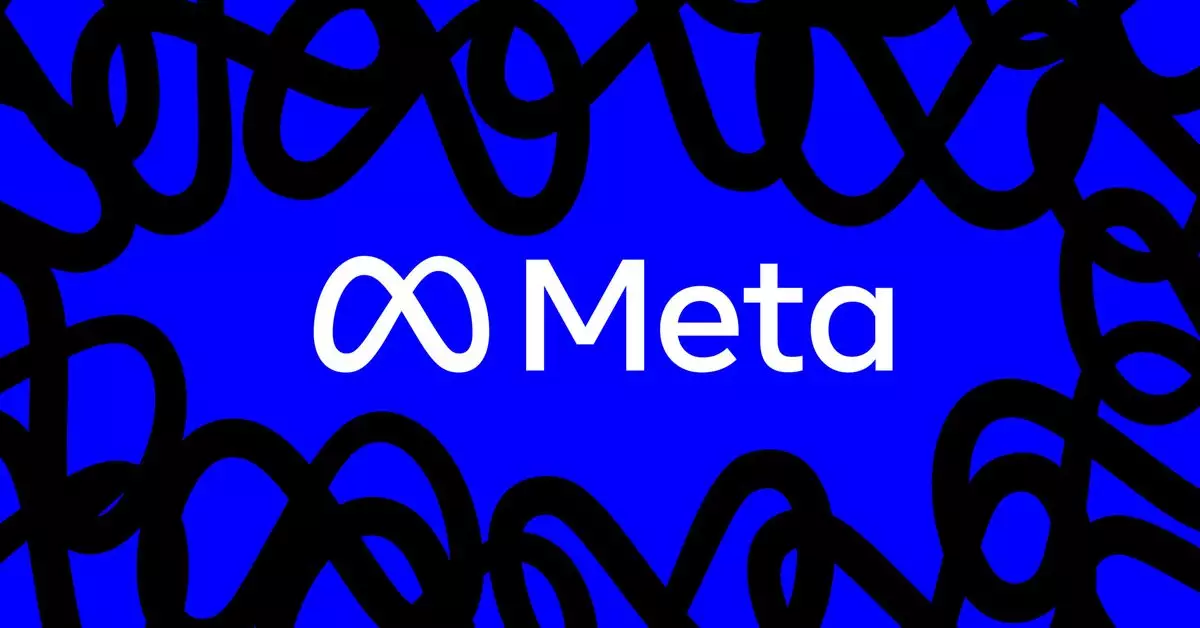In a significant move towards fostering safer online environments, major tech companies, including Meta, Snap, and TikTok, have teamed up to launch an initiative known as Thrive. This program aims to combat the propagation of graphic content that glamorizes or facilitates self-harm and suicide. The collaborative effort emphasizes the importance of mental health awareness and proactive interventions in the digital landscape. By working with the Mental Health Coalition, a respected organization dedicated to normalizing conversations about mental wellness, these companies hope to create a safer space for users grappling with difficult feelings.
At the heart of Thrive’s operational framework is a sophisticated technical infrastructure designed to allow these platforms to share critical “signals” regarding violating content. By employing advanced hash-sharing technology—a method also utilized in the Lantern program, which addresses child exploitation—Thrive enables participating social media platforms to quickly communicate and flag harmful material. This rapid signal-sharing mechanism enhances the ability to identify and respond to self-harm content effectively, providing a systematic method for combating such issues across multiple platforms.
Meta’s involvement is particularly noteworthy. The tech giant asserts that it continuously refines its content moderation approach to balance addressing harmful content while still permitting open conversations surrounding mental health struggles. The company reports substantial efforts, taking action against millions of instances of suicide and self-harm-related posts every quarter. Their strategy includes a nuanced understanding that people should feel free to share their experiences, provided that they do not promote self-destructive behavior or graphic depictions of such acts.
While Thrive focuses on the technological aspect of moderating content, it does not overlook the integral human component of mental health. The initiative underscores the importance of ensuring individuals know where to seek help. Nonprofit organizations and crisis lines play a vital role in providing immediate support for those in distress. In the United States, resources such as the Crisis Text Line and the 988 Suicide & Crisis Lifeline are highlighted as essential contacts for anyone struggling or in crisis. Furthermore, international platforms like the International Association for Suicide Prevention and Befrienders Worldwide expand this support globally, offering crucial assistance to those outside the U.S.
Conclusion: A Step Forward in Digital Mental Health Advocacy
Thrive represents an important advancement in the intersection between technology and mental health intervention. By fostering collaboration among major social media platforms and leveraging innovative technologies, the initiative sets a precedent for combating harmful content in digital spaces. However, while the technological infrastructure is a crucial component, the urgency of human empathy and support cannot be overstated. Efforts like Thrive must continue evolving, emphasizing both behavioral intervention strategies and creating a stigma-free environment for discussions surrounding mental health. The power to make a difference lies not only in the algorithms and technologies we develop but also in how we address the emotional well-being of our community.

